Join us in celebrating uniqueness! Choose from this curated selection of physical titles within Pfeiffer Library that feature explore Native American heritage, all readily available on our website:
Call Number: 203127
Publication Date: 2019
The film tells the astonishing, heartbreaking, inspiring, and largely-untold story of Native Americans in the United States military. It chronicles the accounts of Native American warriors from their own points of view.
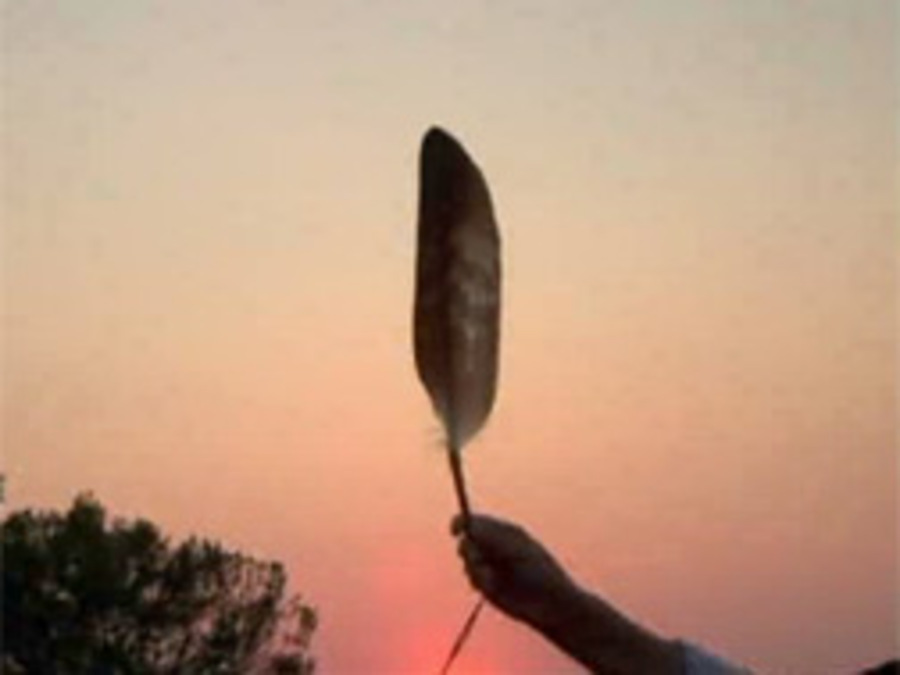
Call Number: 50002
Publication Date: 2008
Western spiritualists often seek enlightenment through indigenous religions once practiced in different regions around the world. Native American rituals are especially popular, and Europeans stage ceremonies based on American Indian beliefs for which they charge admission. America’s original people are not pleased with this development, for they regard this practice as the exploitation of their heritage. They see these performances as “pay to pray” ceremonies with imposters playing the roles of American natives. Beautifully crafted and filmed, Spirits for Sale explores both sides of an unlikely dispute between native peoples and present-day interpreters of their rituals. (58 minutes)
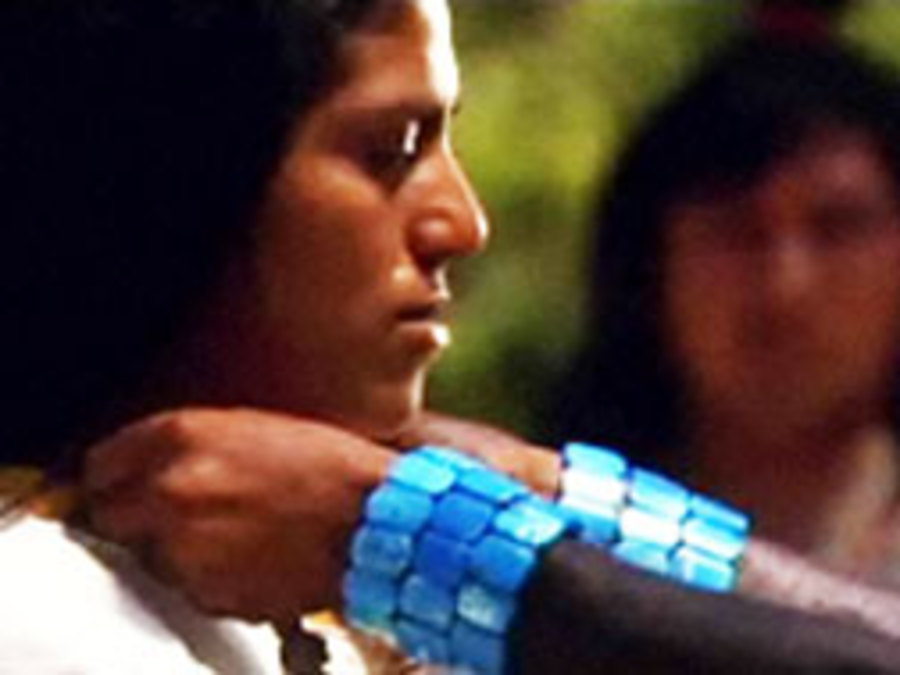
Call Number: 42658
Publication Date: 2006
This program tells the astonishing story of the Aztecs, who, over the course of four centuries, grew from a beleaguered band of a thousand to dominate nearly all of Mexico. Distributed by A&E Television Networks. A part of the series Engineering an Empire. (44 minutes) Distributed by A&E Television Networks.
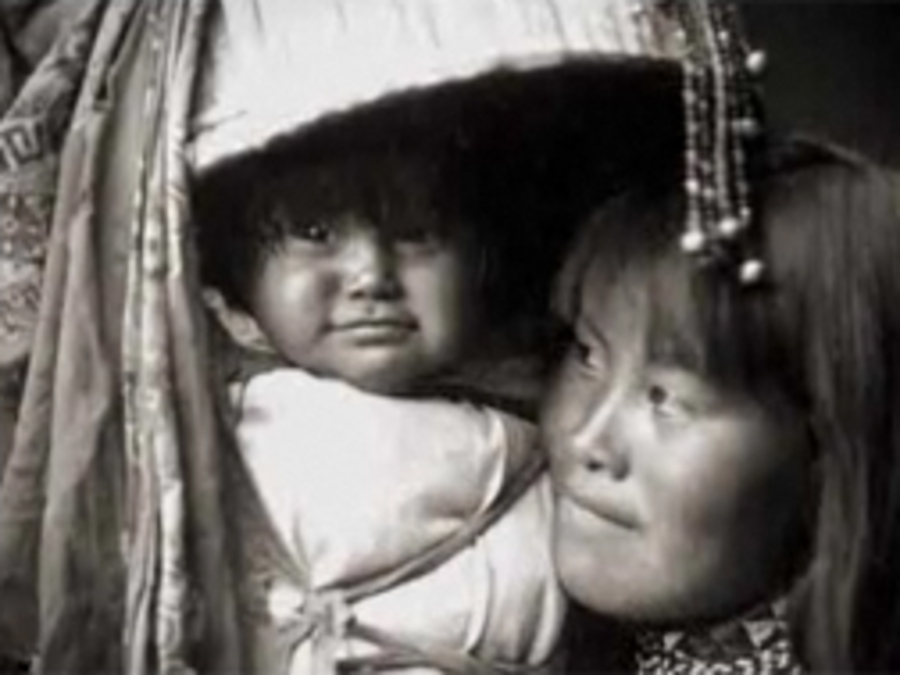
Call Number: 44689
Publication Date: 2009
This episode begins in March 1621, in what is now southeastern Massachusetts, when Massasoit, the leading sachem of the Wampanoag, negotiated with a ragged group of English colonists. The pale-skinned Pilgrim foreigners were in desperate need of Native help. Massasoit’s people had been decimated by unexplained sickness, and he calculated that an alliance with the foreigners could help protect them. A half-century later, as war flared between the English colonists and a confederation of New England Indians, the wisdom of Massasoit’s diplomatic gamble seemed less clear. English immigration, mistreatment, lethal epidemics, and environmental degradation had brought the Indians’ way of life to the brink of disaster. Distributed by PBS Distribution. Part of the series We Shall Remain: America Through Native Eyes. (60 minutes)
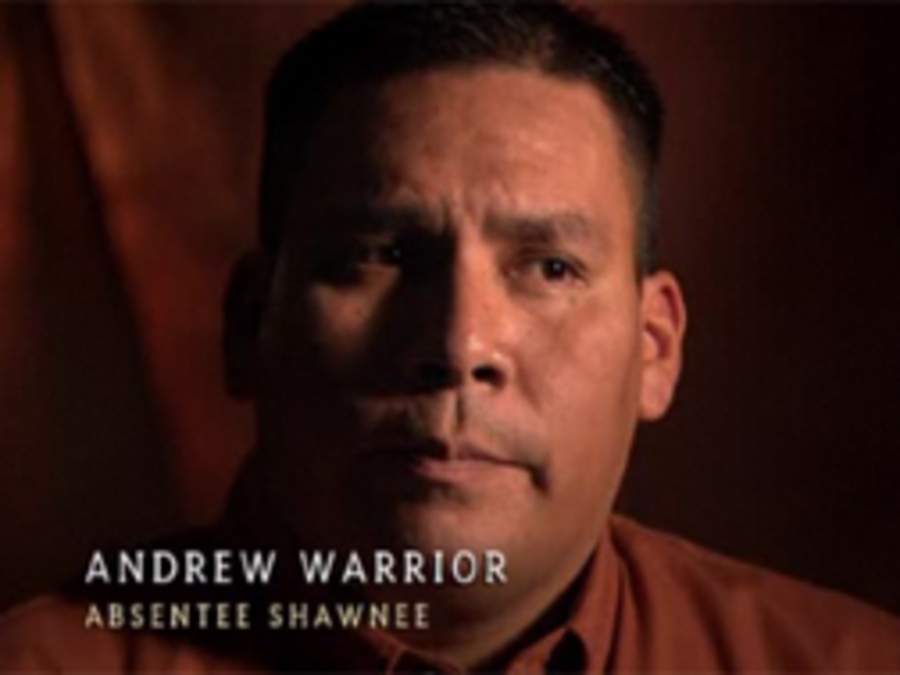
Call Number: 44690
Publication Date: 2009
In the spring of 1805, Tenskwatawa, a Shawnee, fell into a deep trance and claimed to have met the Master of Life, who told him that the Indians were in dire straits because they had adopted white culture and rejected traditional spiritual ways. In this episode the young prophet starts a spiritual revival movement that drew thousands of adherents from tribes across the Midwest. His elder brother, Tecumseh, harnessed the energies of that renewal to create an unprecedented confederacy of often-antagonistic tribes, all committed to stopping white westward expansion. Though the dream of an independent Indian state may have died when Tecumseh was killed, the great Shawnee warrior has lived on as a symbol of Native pride. Distributed by PBS Distribution. Part of the series We Shall Remain: America Through Native Eyes. (60 minutes)
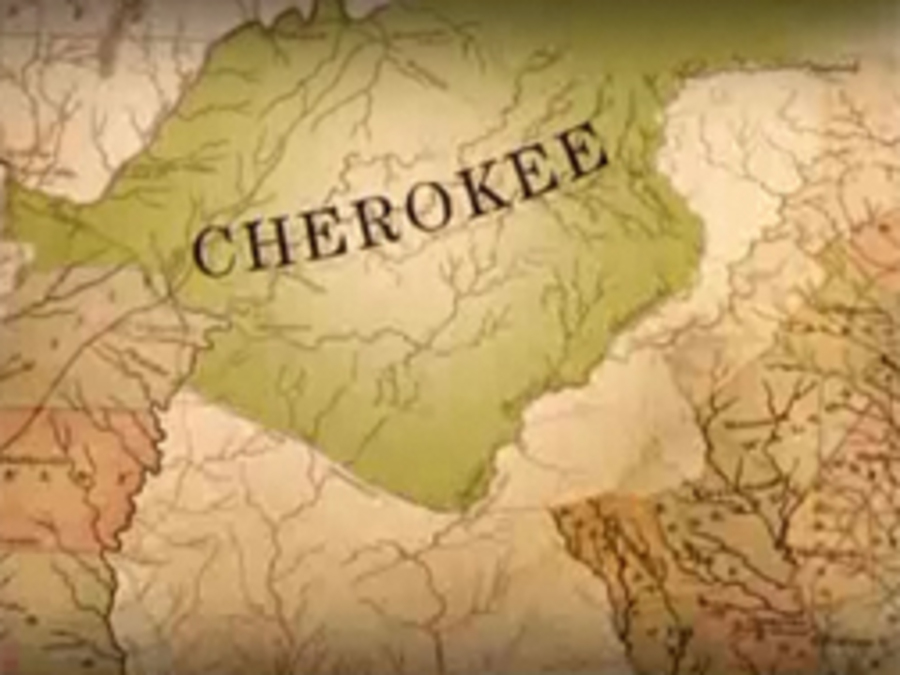
Call Number: 44691
Publication Date: 2009
This third episode opens on May 26, 1838, when federal troops forced thousands of Cherokee from their homes in the southeastern United States, driving them toward Indian Territory in Oklahoma. More than 4,000 died of disease and starvation along the way. For years the tribe had resisted removal from their land. Cherokee leaders had established a republic with a European-style legislature and legal system. Their visionary principal chief, John Ross, would even take the Cherokee case to the Supreme Court, where he won crucial recognition of tribal sovereignty that still resonates. In the end, however, their landmark legal victory proved no match for white land hunger and military power. Distributed by PBS Distribution. Part of the series We Shall Remain: America Through Native Eyes. (60 minutes)
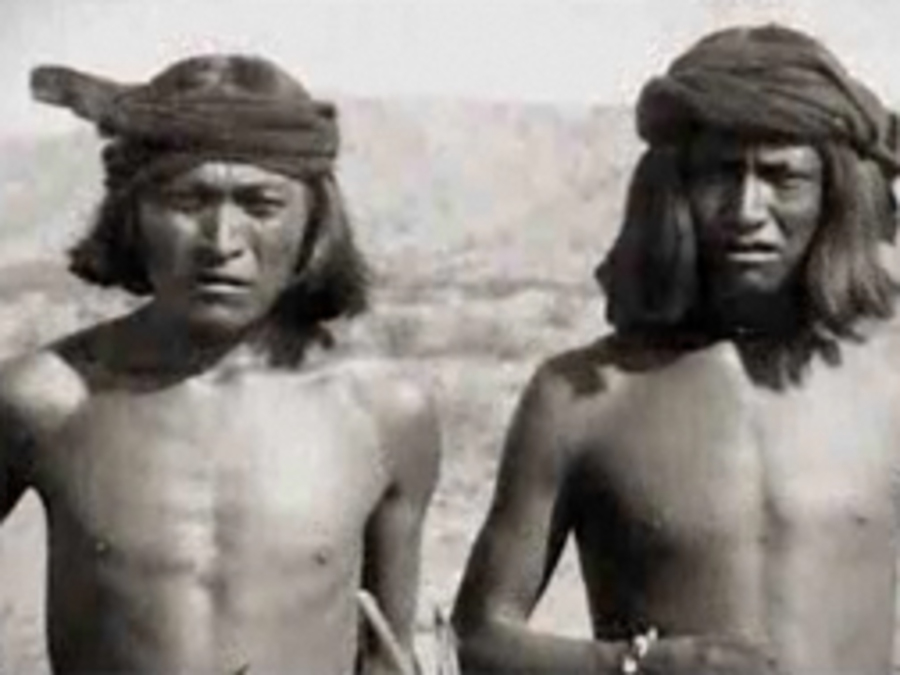
Call Number: 44692
Publication Date: 2009
This episode takes viewers back to February 1909, when the indomitable Chiricahua Apache medicine man Geronimo lay on his deathbed. He summoned his nephew to his side, whispering, “I should never have surrendered. I should have fought until I was the last man alive.” To angry whites, Geronimo had become the archfiend, perpetrator of savage cruelties. To his supporters, he remained the embodiment of proud resistance. To other Apaches, he was a stubborn troublemaker, unbalanced by his unquenchable search for vengeance. Geronimo and his tiny band of Chiricahuas fought on. The final holdouts, they became the last Native American fighting force to capitulate formally to the government of the United States. Distributed by PBS Distribution. Part of the series We Shall Remain: America Through Native Eyes. (60 minutes)
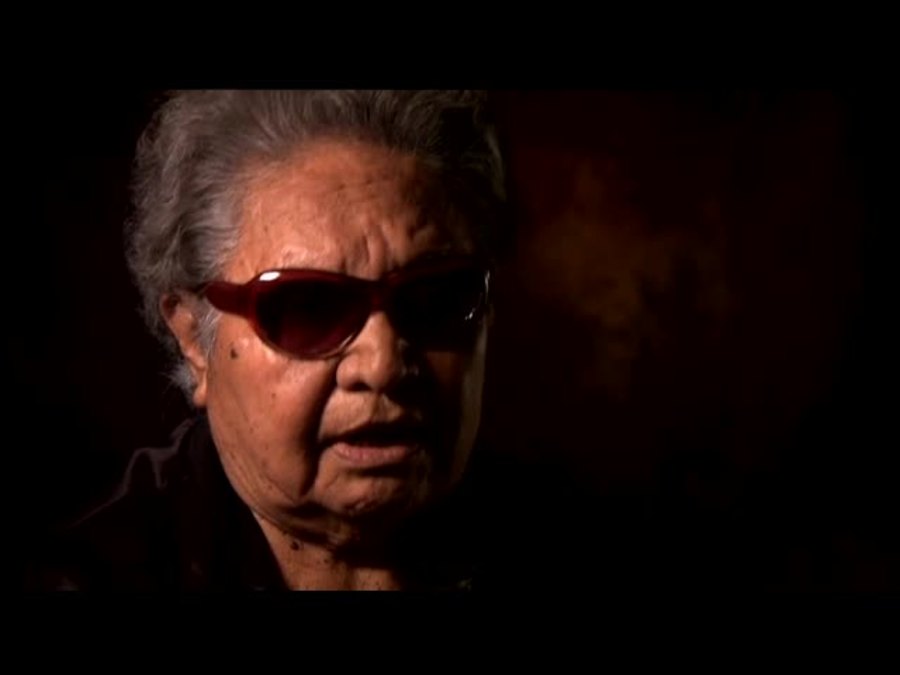
Call Number: 44693
Publication Date: 2009
On the night of February 27, 1973, the American Indian Movement (AIM) and Oglala Lakota activists seized the hamlet of Wounded Knee, and police cordoned off the area. Demanding redress for grievances, the protesters captured the world’s attention for 71 gripping days. With heavily armed federal troops tightening a cordon around the Indians, the event recalled the massacre at Wounded Knee almost a century earlier. In telling the story of this iconic moment, this final episode examines the political and economic forces that led to bringing the desperate conditions of Indian reservation life to the nation’s attention. It also proved that despite centuries of warfare and neglect, Indians remained a vital force in the life of America. Distributed by PBS Distribution. Part of the series We Shall Remain: America Through Native Eyes. (60 minutes)
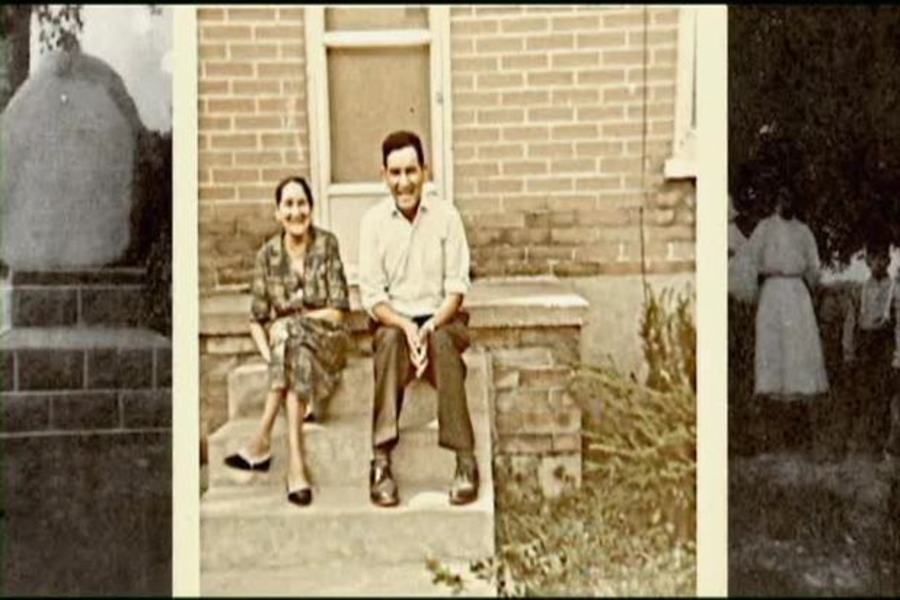
Call Number: 141348
Publication Date: 2013
This compelling one hour documentary invites viewers into the lives of contemporary Native Americans. It dispels the myth that American Indians have disappeared from the American horizon, and reveals how they continue to persist, heal from the past, confront the challenges of today, keep their culture alive, and make significant contributions to society. Their experiences will deeply touch both Natives and non-Natives and help build bridges of understanding, respect, and communication. The tragic history of Native Americans is considered by many to be our “American Holocaust.” This can be seen in the history of the Boarding School Era, during which time Native children were forcibly removed from their homes and placed into boarding schools. Interviewees explain how this past trauma continues to negatively impact their emotional and physical health today and contribute to urgent social problems. To help heal this historical trauma, First Nations people are reclaiming their spiritual and cultural identity. The stories shared in this documentary are powerful, startling, despairing and inspiring. They reflect an American history fraught with the systematic destruction of a people. Yet, amidst the debris of suffering and trauma, there is resilience and a profound remembering and healing taking place today, which will also benefit the next Seven Generations.
0 Comments.